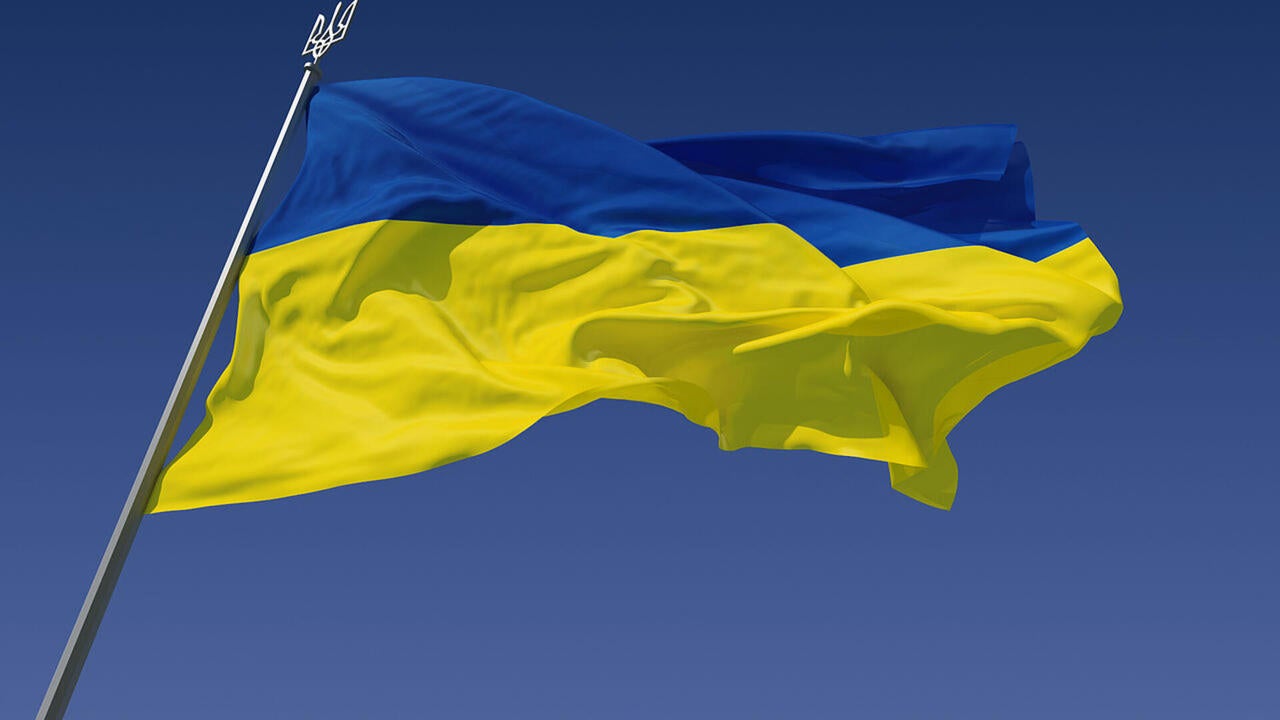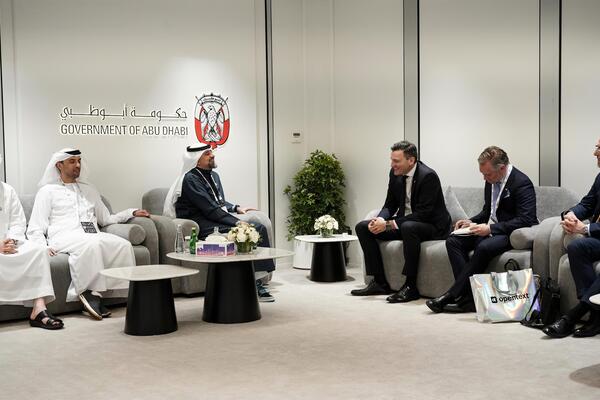
Q and A with the experts: NATO's expanding support to Ukraine
What risks do NATO members take in increasing military assistance to Ukraine?

What risks do NATO members take in increasing military assistance to Ukraine?
By Media RelationsWhile continuing to avoid direct engagement in Russia's war on Ukraine, North Atlantic Treaty Organization (NATO) allies have dramatically expanded their military assistance. Dr. Alexander Lanoszka of the University of Waterloo is an expert on military alliances. He recently co-authored a study that examines the political and military implications of NATO's partial yet growing commitment to Ukraine.
How would you describe the expansion of NATO's military assistance to Ukraine almost one year since Russia's invasion?
Before Russia's invasion last February, Ukraine received much less military assistance than what is commonly assumed. NATO members have, however, dramatically stepped up their military assistance. This process has involved many twists and turns. When the Russian build-up on Ukraine's borders became clearer in its implications, a select group of NATO members gave Ukraine anti-tank guided munitions and other weapons, typically on the belief that the most likely way for the conflict to evolve would be that of insurgency. However, as the Ukrainian Armed Forces were able to put up a stiff and mostly successful resistance, NATO members expanded their assistance, intending to solve specific problems. One has been Russia's artillery advantages and the need to replenish ammunition. Another has been to defend against missile and drone attacks using more sophisticated air defence systems.
What risks do NATO members take in increasing military assistance to Ukraine?
For much of the period between 2014 and 2021, most of NATO was wary of providing military assistance to Ukraine. Earlier in the war, NATO members were unsure whether weapons sent to Ukraine would reach the right units. Corruption and the sorry state of the Ukrainian military at the time were serious impediments. They also wanted to give early peace processes, however flawed, a chance to work. Over time, those considerations waned thanks to continued Russian aggression, Ukrainian security sector reform, and the military training that Ukraine received from several NATO countries.
Escalation concerns never disappeared in 2022, but they have changed. Some countries have resisted providing heavier weapons because of how Russia might react. Yet those worries, though still present, have waned upon seeing that Russia has not escalated militarily against NATO members.
Why is Germany stalling on a decision to provide Leopard 2 tanks?
The most common reason given by Berlin to explain its reluctance to give Leopard 2 tanks is that a unanimous, NATO-wide decision must underpin any such provision. Yet this reason has become much less compelling when many NATO members were, in fact, pressuring Germany to give Ukraine those tanks. Unofficially, the current leadership thinks that providing those tanks carries an unacceptable escalation risk, even though it has already provided self-propelled anti-aircraft guns, self-propelled guns, and Marder infantry fighting vehicles to Ukraine. I suspect Berlin will eventually release the Leopard 2s, partly because of all the pressure it faces.
The art of partial commitment: the politics of military assistance to Ukraine by Lanozska and Jordan Becker is published in the journal Post-Soviet Affairs.

Read more
To meet our AI ambitions, we’ll need to lean upon Canada’s unique strengths

Read more
New research from the University of Waterloo centres Haudenosaunee-led efforts in the repatriation and reclamation of cultural and intellectual property

Read more
Researchers awarded funding to investigate ecology, climate change, repatriation, health and well-being through cultural and historical lens
The University of Waterloo acknowledges that much of our work takes place on the traditional territory of the Neutral, Anishinaabeg, and Haudenosaunee peoples. Our main campus is situated on the Haldimand Tract, the land granted to the Six Nations that includes six miles on each side of the Grand River. Our active work toward reconciliation takes place across our campuses through research, learning, teaching, and community building, and is co-ordinated within the Office of Indigenous Relations.